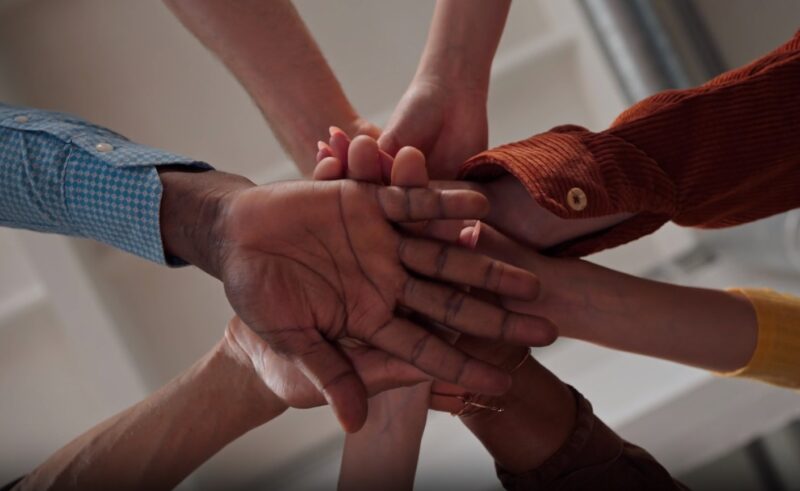In the modern world, the spectrum of potential crises—natural disasters, health pandemics, and civil unrest, to name a few—requires a proactive and holistic approach to preparedness.
When communities play an active role in preparedness strategies, it not only leverages local knowledge but also fosters collective ownership of potential solutions.
Engaging local individuals and groups creates a sense of responsibility and ensures that strategies are tailor-made for specific regional challenges.
The Downfall of a Top-Down Approach
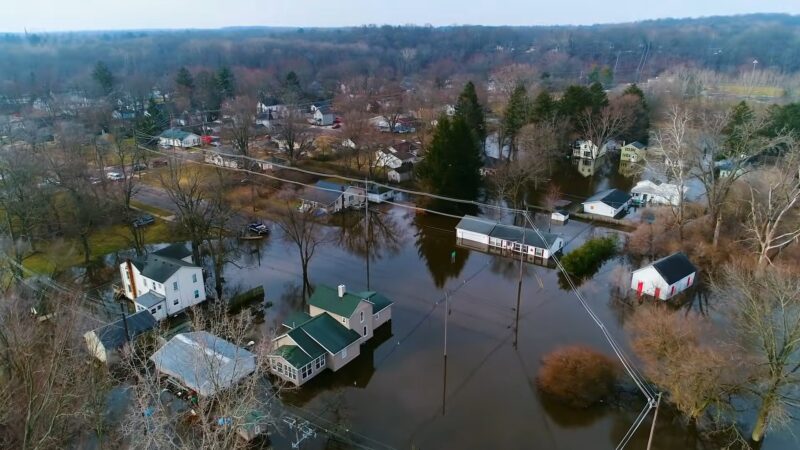
A solely top-down approach, where decisions and strategies are made by governing bodies without local input, often misses the intricacies and unique needs of individual regions. It can lead to:
- Misallocated resources
- Ineffective communication channels
- A potential lack of trust in authority
Harnessing Local Knowledge
Local residents possess a wealth of knowledge about their environment, history, and sociocultural dynamics. This knowledge can be invaluable in identifying potential threats and vulnerabilities that outsiders might overlook. Furthermore:
- Residents can provide insights into local resources.
- They can identify trusted local figures to lead initiatives.
- They often have a better understanding of community-specific communication channels.
The Power of Cultural Competence
Different cultures may have distinct values, beliefs, and traditions that influence their perception of and response to crises.
By involving local residents in preparedness efforts:
- Strategies can be made culturally sensitive and relevant.
- It can prevent unintended cultural insensitivities or oversights.
- It ensures that communication is effective and resonates with the audience.
Fostering Trust and Collaboration
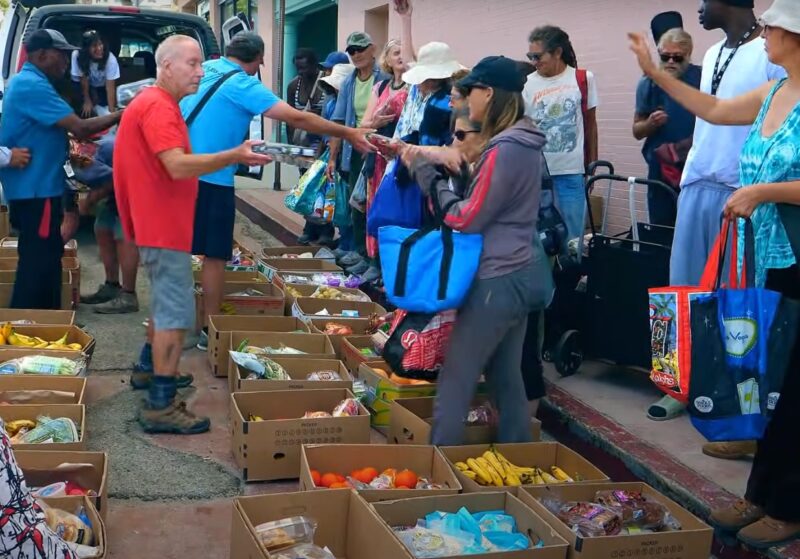
Trust is a cornerstone of effective preparedness and response. People are more likely to participate in and adhere to strategies that they had a hand in creating.
| Engagement | Benefits |
|---|---|
| Engaging local stakeholders |
|
Collaborative Planning
When various local entities—be it businesses, schools, NGOs, or religious institutions—collaborate in preparedness planning, the result is often synergistic.
The combined resources and expertise lead to:
- Comprehensive and multifaceted strategies.
- Efficient use of resources.
- Increased community resilience and adaptive capacity.
Active Participation in Simulation and Drills
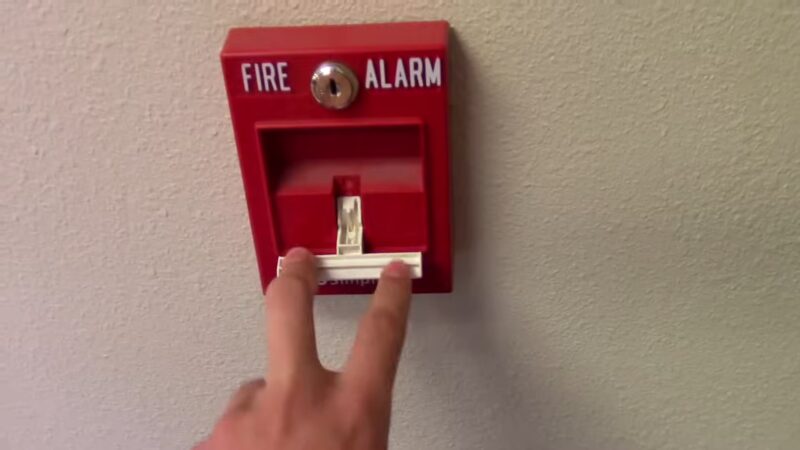
Reading about a fire escape plan is one thing, but participating in a fire drill brings a tangible, practical dimension to theoretical knowledge.
By involving local individuals in simulations:
- They gain hands-on experience and training.
- Potential pitfalls or challenges in the strategy can be identified and rectified.
- It reinforces the importance of preparedness in the community consciousness.
Feedback Loop
Post-simulation feedback from participants provides a goldmine of information to refine and improve strategies.
This iterative approach ensures that:
- Strategies remain relevant and effective.
- Community members feel heard and valued.
- Continuous improvement becomes an integral part of the preparedness process.
Local Investment in Preparedness Initiatives
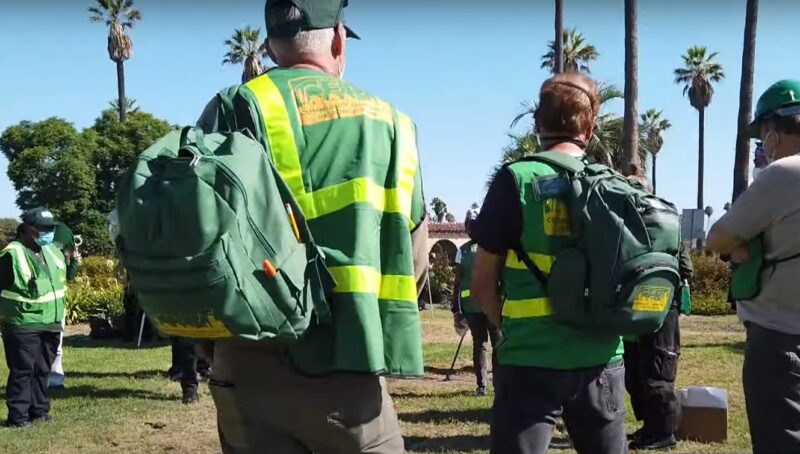
When communities actively participate in preparedness efforts, there’s often a ripple effect that positively impacts the local economy.
Local businesses may see the value in investing in resilience measures, leading to:
- Job creation related to preparedness initiatives.
- Increased sales of local products or services designed for crisis management.
- Enhanced community economic stability in the face of potential disruptions.
Social Cohesion and Resilience
One of the intangible, yet invaluable outcomes of community engagement is the strengthening of social ties.
When neighbors collaborate and support each other:
- Social networks are fortified, leading to enhanced community support during times of crisis.
- Shared experiences, like drills or planning sessions, can foster a sense of unity and camaraderie.
- Communities with strong social bonds often recover faster post-disruption, as residents are more likely to assist each other.
Integrating Technology with Community Insights
In today’s digital age, combining technology with on-the-ground community insights can supercharge preparedness efforts. Community members can be engaged to:
- Crowdsource data, which can provide real-time insights during a crisis.
- Utilize local tech hubs or institutions to develop region-specific apps or tools.
- Engage in digital training sessions, enhancing overall community digital literacy.
The Role of Social Media in Preparedness
Social media platforms have emerged as powerful tools for communication, especially during times of crisis.
When community members are trained and encouraged to use these platforms:
- Rapid dissemination of critical information becomes feasible.
- Communities can share real-time updates, assisting in more dynamic decision-making.
- A sense of virtual community is fostered, further strengthening real-world bonds.
The Journey Ahead
Engaging communities is not a one-time event but a continuous process.
Regular revisiting and revision of strategies are essential. Continuous engagement keeps the community invested in and updated about preparedness efforts. It ensures that preparedness remains a communal priority, rather than a periodic afterthought.
Inclusion and Diversity in Community Engagement
A truly resilient community values and integrates the perspectives of all its members, regardless of age, gender, ethnicity, or socioeconomic status. It’s vital to:
- Ensure that engagement efforts are inclusive and representative of the entire community.
- Value and integrate diverse perspectives, leading to more holistic and effective strategies.
- Recognize that every community member has a unique contribution to make, enriching the overall preparedness tapestry.
Adapting to Emerging Threats
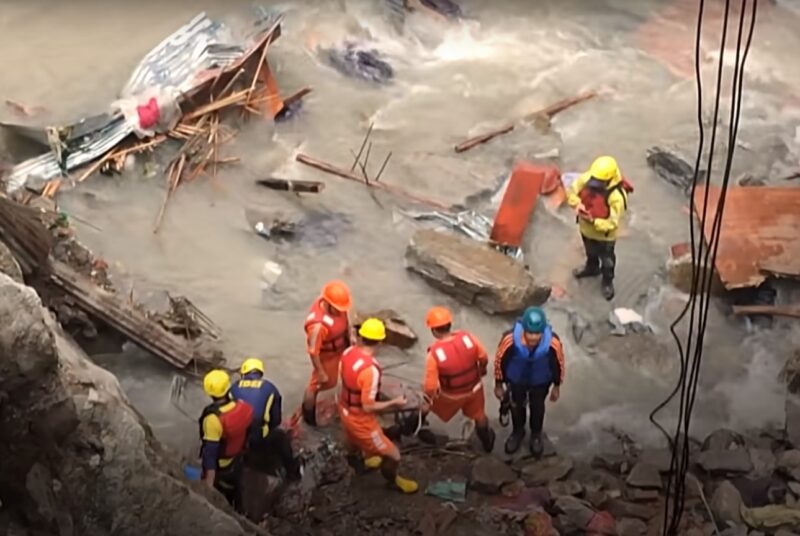
In our ever-changing world, the types of crises we face evolve rapidly, be it due to climate change, technological advancements, or geopolitical shifts.
As these threats change:
- Community awareness and training must adapt accordingly.
- Engagement initiatives need to ensure the local population is educated about emerging threats specific to their region.
- Proactive steps, based on current data and predictive modeling, should be undertaken to safeguard against new challenges.
Feedback Mechanisms and Community Alerts
One of the most powerful tools in the face of an imminent threat is rapid and accurate information dissemination. Establishing a feedback mechanism within communities:
- Allows residents to report anomalies or potential threats.
- Provides a platform for authorities to release timely alerts and advisories.
- Ensures a two-way communication channel, making information dissemination more dynamic and responsive.
The Role of Youth and Future Generations
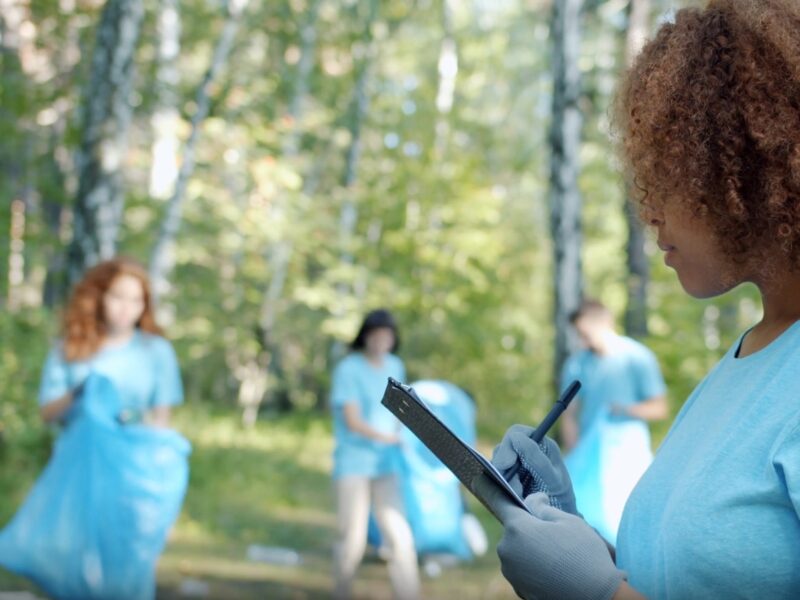
The youth of today are the leaders of tomorrow. Their active involvement in community preparedness can shape the future.
By incorporating youth perspectives and energies:
- New and innovative solutions to preparedness challenges can be identified.
- Youth-led initiatives, given their familiarity with technology and modern tools, can be particularly effective.
- Young people can carry forward the legacy of community engagement, ensuring it remains a priority in the years to come.
Educational Initiatives in Schools and Colleges
Institutionalizing preparedness from a young age can reap long-term benefits.
Students are equipped with practical knowledge and skills from an early age. Educational institutions can serve as community hubs during crises, given their infrastructure and resources The culture of preparedness becomes deeply ingrained in future generations, amplifying community resilience.
FAQs
Can communities collaborate with other regions or countries for preparedness?
Absolutely. Cross-border collaboration allows communities to learn from each other’s experiences, adopt proven strategies, and create a global network of resilience.
What’s the role of local leaders in community preparedness?
Local leaders can act as catalysts, bridging the gap between authorities and the community. Their influence and understanding of local dynamics are essential for mobilizing resources, driving participation, and ensuring sustained engagement.
How do community dynamics impact preparedness strategies?
Each community has unique cultural, historical, and social nuances. These dynamics can influence risk perception, resource allocation, and preferred communication channels, all of which impact the design and execution of preparedness strategies.
Why is continuous community engagement important?
Continuous engagement ensures that preparedness strategies remain relevant, adaptable, and reflective of the evolving needs and challenges of a region. It also maintains a culture of vigilance and readiness.
How can feedback from community engagement sessions be integrated?
Feedback can be analyzed and prioritized to refine existing strategies, identify gaps, and introduce new interventions. Regular review meetings and transparent communication about changes made in response to feedback are also essential.
The Bottom Line
Engaging communities in preparedness efforts isn’t just a strategic move—it’s foundational to building genuine resilience. The strength of a community lies in its collective knowledge, diversity, and shared commitment.
By tapping into these resources, we can create tailored, effective, and holistic strategies that address the unique challenges of each region. Prioritizing community involvement isn’t just about preparing for potential crises, but also about cultivating a culture of collaboration, shared responsibility, and proactive action.
It’s a testament to the age-old adage: Together, we stand stronger.
